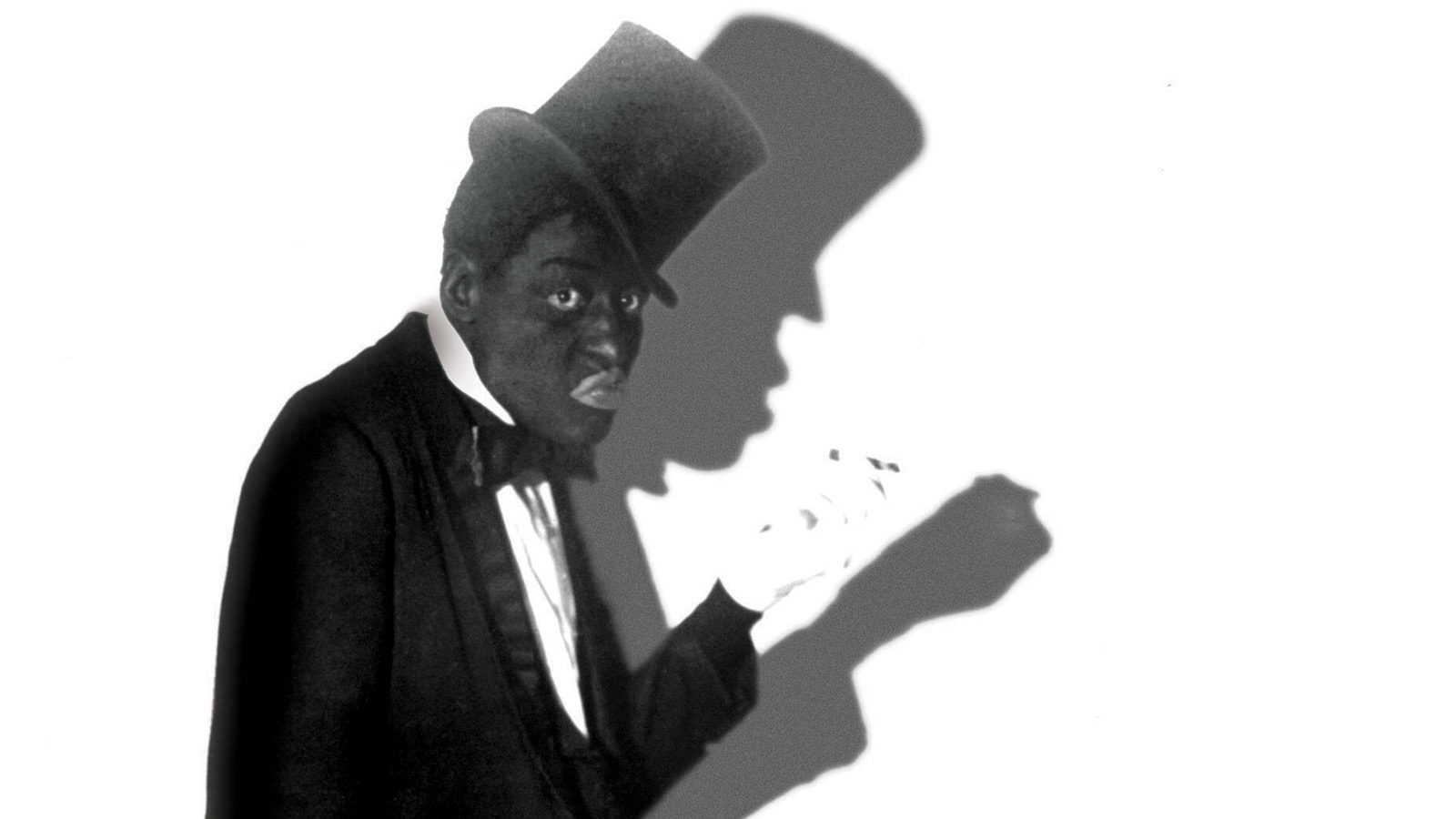
Beyond These Gates
Writing in the preface of his classic 1977 text Slow Fade to Black: The Negro in American Film, 1900–1942, Thomas Cripps lamented that there would be no need for his book at all “were it not for the peculiar racial arrangements in which a highly visible yet numerically inferior ‘black’ group has been customarily, and often legally, ostracized from, exploited by, and occasionally patronized by, a numerically and politically dominant ‘white’ group.” Despite social and legislative gains for African-Americans over the years, and the mirage of a “post-racial” America under Barack Obama, Cripps’s core sentiment retains a hard grain of truth, in life as in art. At this year’s Oscars ceremony, for example, host Chris Rock used his platform to criticize the Academy’s failure to nominate black (and other non-white) performers, and to crack acidly about how the “In Memoriam” package would likely only feature black people shot by cops on their way to the movies.
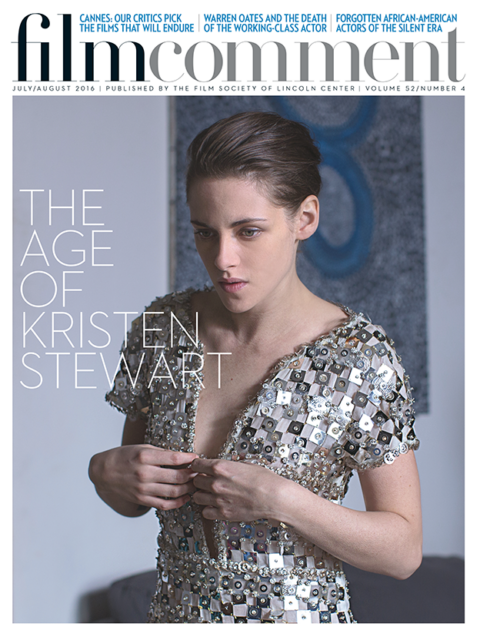
While discussions around racism in film today tend to focus on more nuanced ideas around representation and diversity at the gatekeeper level, there was little complication to be found in the racism of silent-era American film. In the tradition of the minstrel show—one of America’s earliest indigenous art forms—black roles were most often portrayed on film by white actors in burnt-cork blackface makeup. Typical films of the early 20th century boasted bluntly telling titles like A Nigger in the Woodpile (1904) and The Wooing and Wedding of a Coon (1907), while short film series like Rastus (1910-17) and Sambo (1909-11) depicted their characters as stupid, lazy, and shiftless. As Marlon Riggs’s disturbing documentary Ethnic Notions (86) coolly delineates, these stereotypes, whose presence only metastasized with the growing popularity of cinema, informed how white America viewed black people, and became the basis for the racial tension that existed in Hollywood for decades. Even so, at this early stage, a number of black performers carved out space to showcase their talents, complicate simplistic ideas around race, and lay the groundwork for future generations of black actors to blossom.
A sensible place to begin is with the strange career of Bert Williams, a near-mythical figure in whom so many of the historic contradictions and tribulations of the black actor in America are sublimated. Williams was born of mixed Danish, West Indian, Spanish, and African heritage in New Providence, Nassau, in the British West Indies (now the Bahamas), in 1874. Though light-skinned, he would come to be classified as black under the “one-drop” rule, which continues to inform constructions of blackness in America today. Some years after emigrating to America with his parents at the age of 11, the tall, stocky Williams partnered with a darker-skinned dancer, George Walker. Sometimes performing under the moniker of “Two Real Coons,” they created a vastly popular vaudeville act that consisted of song-and-dance routines and rapid dialogue centered on Walker trying to convince the slower Williams to join him in get-rich-quick schemes. Williams wore blackface; Walker did not. The pair’s popular act continued until Walker’s death in 1911, after which Williams’s fame only grew: he became the first black man to appear in the Ziegfeld Follies, receiving a prominent billing among many of the most famed white actors of the day.
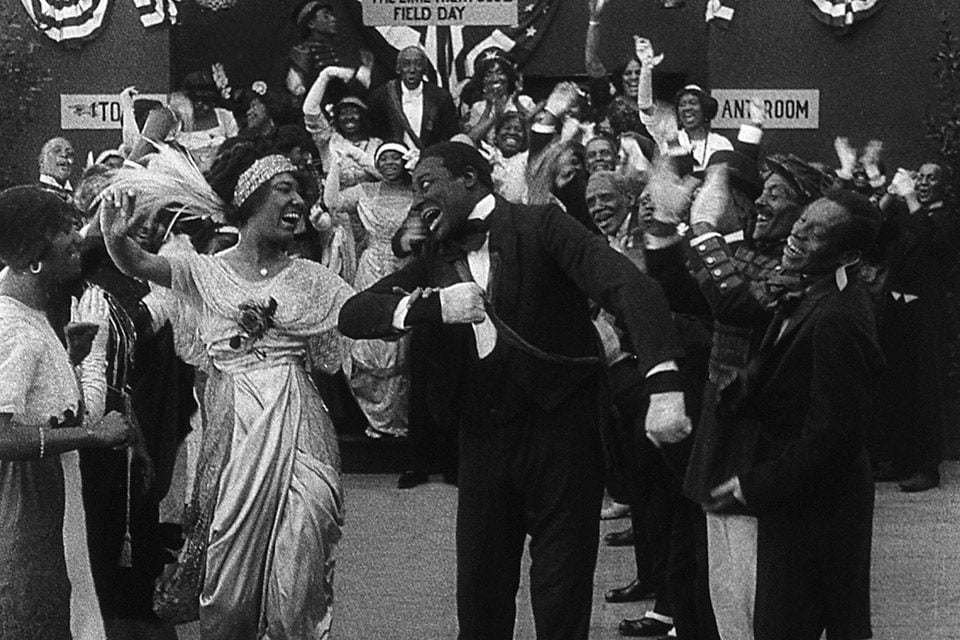
Lime Kiln Field Day
Williams drew plenty of ire from the black press for producing and directing himself in Fish and A Natural Born Gambler (both 1916). These shorts find the blackface-encased star, despite his evidently excellent comic timing and remarkable range of facial expressions, displaying the clownish, born-loser bearing of the “Coon”—particularly in Fish, in which he plays an overgrown boy with the lickspittle accommodationist impulses of the “Tom.” Williams also starred in the first-ever documented film with an all-black principal cast: Lime Kiln Field Day (1913) was discovered by the Museum of Modern Art in their vaults, and reassembled for a public premiere in 2014. This unfinished romantic comedy shows Williams—the only cast member in blackface—to be a leading man of some depth, blending his slapstick qualities with a much more profound sense of loss and yearning, communicated through poignant facial expressions and exquisitely controlled, slightly slumped body language. Williams’s skill and charisma, particularly in sweetly romantic scenes with co-star Odessa Warren Grey, are as startling as the also recovered rushes, which depict the multiracial cast and crew palling around in the New Jersey locations.
Long before MoMA unearthed the film, Williams, who died in 1922, had passed into legend as a uniquely tragic figure. W.C. Fields once described him as “the funniest man I ever saw, and the saddest man I ever knew”; the Kittitian-British writer Caryl Phillips turned his life into piercing historical fiction in the novel Dancing in the Dark; and Spike Lee used Williams’s career and compromises as a cautionary tale in his neo-blackface satire Bamboozled (00). Ann Charters’s 1970 biography of Williams, entitled Nobody, claimed that blackface “crippled his talent and limited his achievement . . . As a pioneer he was forced into a blackface role he detested.” However, other scholars, including Jake Austen and Yuval Taylor, have refuted the idea that Williams was ever forced to wear blackface, and that he, as an outsider, intellectual, and auteur, embraced the art form to critique racial notions.
When I spoke to MoMA curator Ron Magliozzi about why Lime Kiln Field Day never saw the light of day at the time, he suggested that the 1915 release of D.W. Griffith’s The Birth of a Nation effectively poisoned the well for progressive filmmakers. This Civil War and Reconstruction-era epic, famed for its narrative and technical innovations, is also notorious for its virulent racism, embodied most egregiously in its black characters—including lecherous antagonist Gus (Walter Long)—who are mostly played by white actors in blackface. However, discussions of the film traditionally fail to account for one curious, ironic aspect of its production: the presence of one Madame Sul-Te-Wan, a little-known black performer who had a small role in the film as a woman who chastises a former slaveholder as he is paraded in front of his ex-slaves. Her character was also supposed to have a scene in which she spat in the face of the man’s wife; sadly, it was cut. One wonders how iconic this scene might have become.
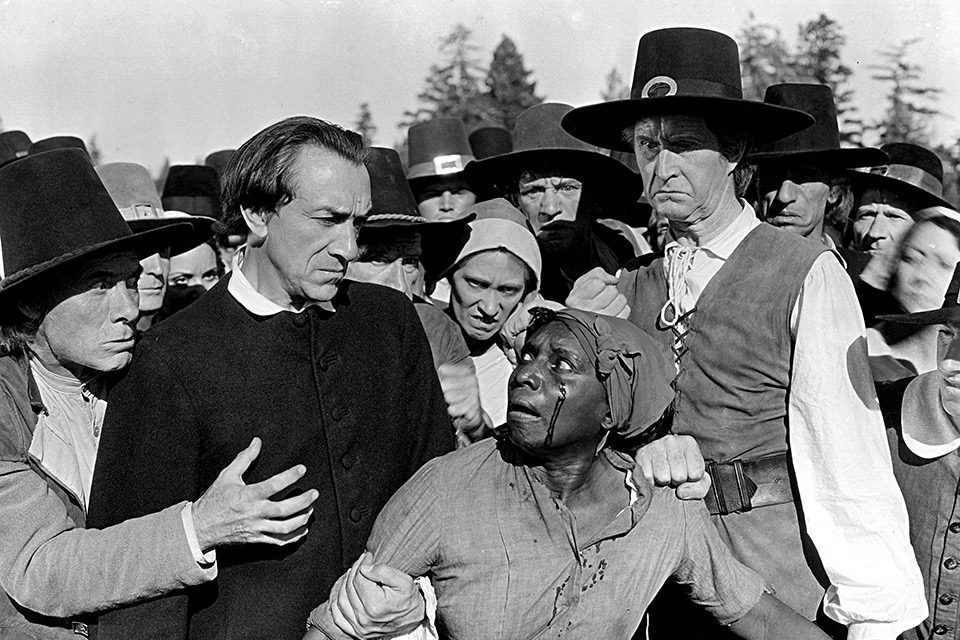
Maid of Salem
As reported in compelling detail by Donald Bogle in his book Bright Boulevards, Bold Dreams: The Story of Black Hollywood, this laundress—and daughter of a freed slave—was late on her rent when she heard that fellow Kentuckian Griffith was soon going into production on his latest film, to be based on Thomas Dixon’s novel The Clansman. She begged Griffith for a job, and he hired her on the spot, paying her $3 a day. He soon signed her to a contract that paid $25 a week. As such, she became the first black female actor tied to a Hollywood contract.
When The Birth of a Nation was protested in Los Angeles, the studio accused Sul-Te-Wan of stirring up black sentiment against the film, and she was summarily released from her contract. But after contacting the prominent black attorney Edward Burton Ceruti, she was soon returned to the Majestic Motion Picture Company payroll, and would remain lifelong friends with Griffith. Sul-Te-Wan subsequently made a productive transition from silent to sound pictures and enjoyed a lengthy career that also included vaudevillian stage stints in the vein of Walker and Williams. Her most prominent film role would arrive in 1937 with Frank Lloyd’s Maid of Salem, in which she gave a harrowing, raw-throated turn as the doomed Tituba, a 17th-century West Indian slave who was the first to be accused of practicing witchcraft during the 1692 Salem witch trials. Ultimately, though, Sul-Te-Wan was restricted to playing one-dimensional, stereotypical characters, like her better-known contemporaries Butterfly McQueen and the Oscar-winning Hattie McDaniel, both of whom starred as maids in Victor Fleming’s Gone with the Wind (39). In 1954, after nearly 40 years of playing domestics, Madame Sul-Te-Wan was finally able to break type when she was cast in Otto Preminger’s black-cast musical Carmen Jones in a minor but touching and uncredited role as the grandmother of the eponymous character (Dorothy Dandridge).
While negative black stereotypes—and severely limited roles—were the Hollywood norm for the first half of the 20th century, there was more variety on offer in what came to be known as “race movies,” a thematically and stylistically diverse group of low-budget films written, directed, performed, and frequently funded, distributed, and exhibited by black filmmakers. Working independently of the Hollywood studio system, they made films for de jure segregated theaters in the South and de facto segregated theaters in the North. At the height of the movement, there were over 1,000 theaters that screened black-audience films either exclusively or on a preferential basis.
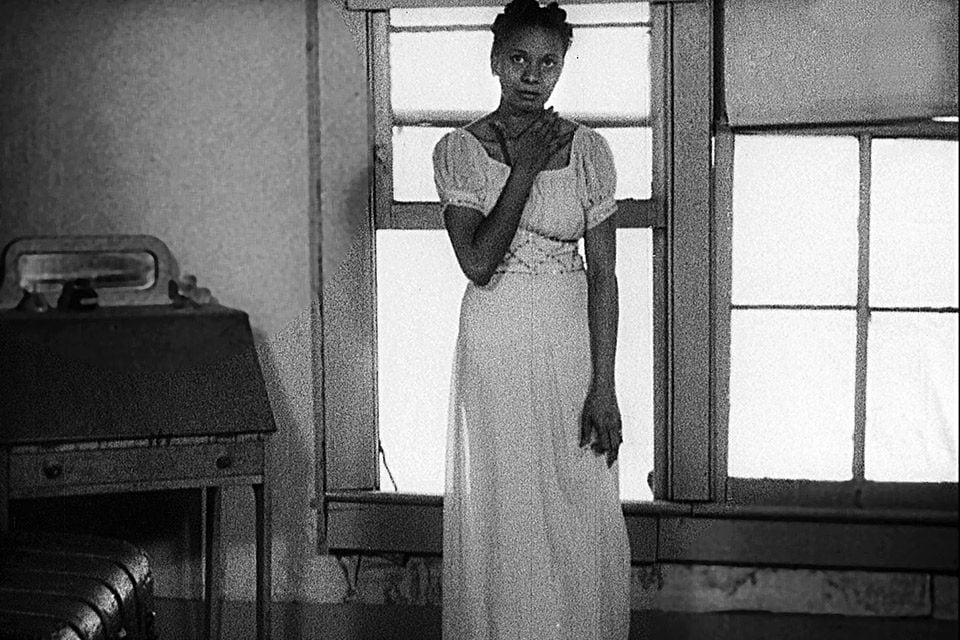
The Blood of Jesus
Some pioneers of the race-movies era played multiple roles. Spencer Williams, a director of 12 films—the most remarkable of which is the woozy religious fable The Blood of Jesus (41)—later gained fame for his bumptious portrayal of Andy in the controversial 1950s television comedy series Amos ’n’ Andy. Missouri-born Noble Johnson, meanwhile, launched his own studio, the Lincoln Motion Picture Company, in 1916, and, in a proto-Cassavetean show of pragmatic endurance, pulled double duty appearing in dozens of films for major Hollywood studios. Though Johnson, an imposing figure at six-foot-two and 200-plus pounds, played many black roles, he used his mutable features to essay a range of ethnicities, a luxury rarely if ever afforded to darker-skinned black actors. In his most striking part, Johnson was effectively “whited up” to play Ivan the Cossack, a terrifying, mute Russian, alongside Joel McCrea and Fay Wray in Irving Pichel and Ernest B. Schoedsack’s 1932 chiller The Most Dangerous Game.
However, the best-known purveyor of “race movies” was Illinois-born Oscar Micheaux, and it was under his direction that a talented actress named Evelyn Preer made her name. This Mississippi native appeared in Micheaux’s debut, The Homesteader (19), which is now considered lost, and proceeded to take the lead role in his follow-up, Within Our Gates (20). This absorbing film, designed as a riposte to The Birth of a Nation, had also been considered lost until a copy was discovered in the Spanish Film Archive in Madrid in 1990. (It has recently been restored and rescored by distributor Kino Lorber.) Preer starred as Sylvia Landry, an African-American woman who travels north in an effort to raise money for a rural school in the Deep South for poor black children. Her romance with a black doctor (James D. Ruffin, an amateur actor who manages to give a turn simultaneously stiff and limp) leads to painful revelations about her family’s past and her own mixed-race, European ancestry. The film portrays racist violence in a climate of white supremacy, including the unsparingly rendered lynching of a black man. In reacting to myriad traumas, the remarkably restrained Preer conveys a sense of deep despair, as if haunted by the ghosts of history.
In 1920, the same year as Within Our Gates, Preer joined the Lafayette Players in Chicago, a theatrical stock company founded in 1915 by Anita Bush, a pioneering stage and film actress known as “The Little Mother of Black Drama.” Bush and her acting troupe toured the nation to bring legitimate theater to black audiences in a time of segregation. The Lafayette group produced films, including The Framing of the Shrew (29), thought to be the first Shakespeare spin-off with an all-black cast. In it, Preer gives a deft comic performance as the titular troublemaker—rambunctious and commanding where Sylvia Landry was tender and tremulous. Preer also developed a parallel career as a blues singer. By the end of the 1920s, Preer’s impressive range of talents led her to Hollywood, where she signed a contract with Paramount and appeared in a series of often uncredited minor roles. Sadly, she died of double pneumonia in 1932 at the age of 36, months after giving birth to her only child.
If Preer had a male analogue in the race movies canon, it was the tall, light-skinned, handsome Lorenzo Tucker, dubbed “The Colored Valentino” by Micheaux in one of the director’s characteristic entrepreneurial flashes (Tucker is now, however, referred to more widely as “The Black Valentino”—a more PC term). By the time the Philadelphia-born performer first met Micheaux as a 19-year-old in 1926, he’d performed with Bessie Smith, the legendary blues singer, in black theaters across the country. From 1927 to 1936, he starred in more than 10 Micheaux pictures, minting a louche but not lascivious expressive acting style. Many of these are now lost, but some excerpts remain, including elements of the controversial Veiled Aristocrats (32). In it, Tucker plays a black man who successfully passes as white, and returns home to coax his sister into doing the same. The plot prefigured the likes of Imitation of Life (34) and Pinky (49), melodramatic films featuring light-skinned black characters concealing their true identities in pursuit of a less troubled existence in a racist society.
The poignancy of Veiled Aristocrats, even in its bowdlerized form, is intensified by the parallels between Tucker’s role and his own life. In a moving interview with Black Film Review shortly before his death in 1986, Tucker spoke of how racial preconceptions affected him: “Throughout my career I could have passed for white and forgotten all about my race, and at times I have taken roles meant for whites,” he said. “It would have been easier that way, passing for white and keeping my past a secret, like others did, but I chose to be considered as colored. You see, I still want to prove that the Negro race is not all Blackskinned; we’re all shades of the rainbow.” As exemplified by this eloquent quotation, Tucker’s racial pride stands in stark opposition to a system of representation designed to dramatically devalue and simplify black life in the silent era. He was just one trailblazer who used the power of expression and gesture—and the gift of visibility—to foment a quiet revolution of black resistance in a time before talkies.
IN FOCUS: See our review of Kino Lorber’s Pioneers of African-American Cinema DVD box set, available in July, in the Home Movies section.
Ashley Clark is a freelance film critic and film programmer. He is a contributor to Film Comment, Vice, The Guardian, and Reverse Shot, among others, and his first book, Facing Blackness: Media and Minstrelsy in Spike Lee’s Bamboozled (Critical Press), is available now.







